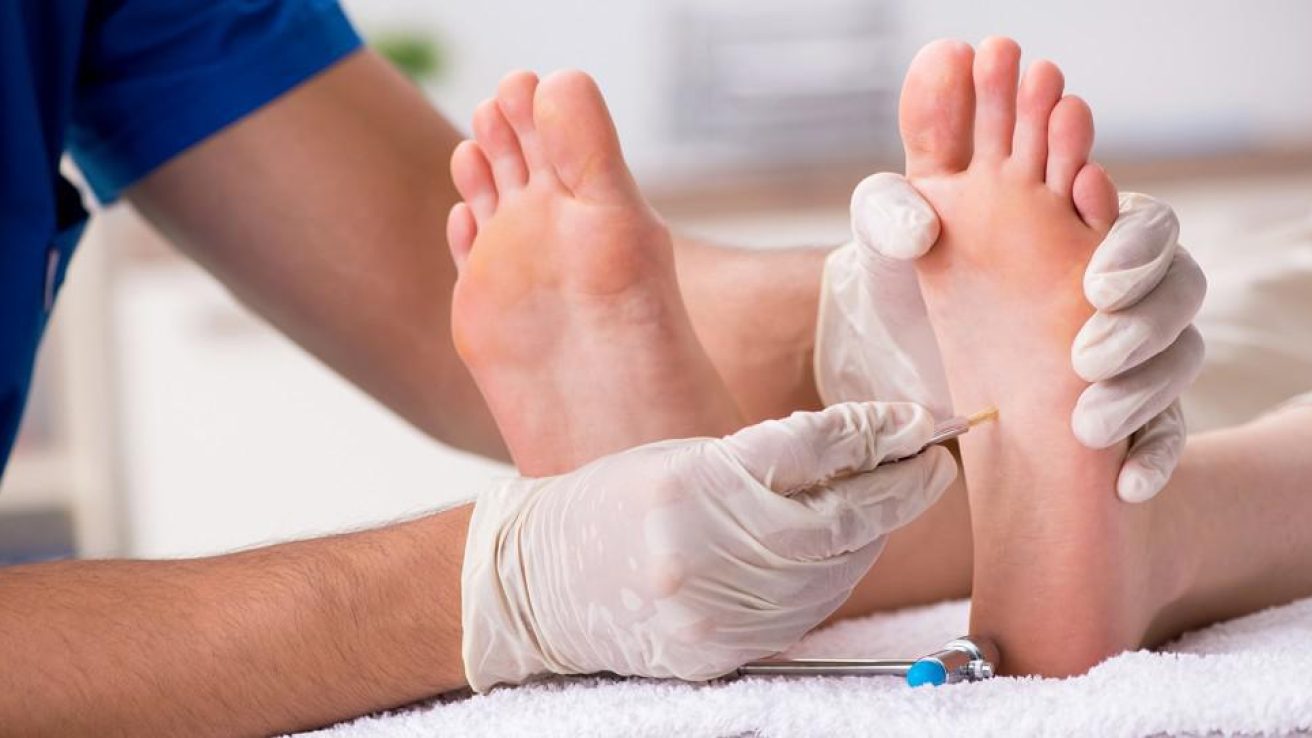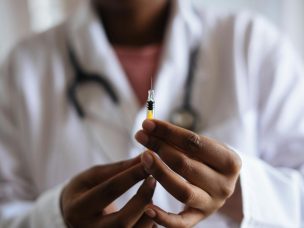TUESDAY, Jan. 26, 2021 (HealthDay News) — Hospitalizations for diabetes-related foot ulcers (DFUs) are increasing, according to a study published online Jan. 13 in Diabetes Care.
Emma J. Hamilton, Ph.D., from the University of Western Australia in Perth, and colleagues used data from the Fremantle Diabetes Study phases I (FDS1; 1,296 participants, recruited 1993 to 1996) and II (FDS2; 1,509 participants, recruited 2008 to 2011). Participants were followed from entry to first hospitalization for or with DFU, death, or five years.
The researchers found that incident DFU hospitalization was 1.9 per 1,000 person-years in FDS1 and 4.5 per 1,000 person-years in FDS2. The crude incident rate ratio was 2.40, and the incident rate difference was 2.6 per 1,000 person-years. FDS2 participants aged 31 to 40 years had the highest incident rate for any age group (23.6 per 1,000 person-years). Independent predictors of incident hospitalization for or with DFU included age at diabetes diagnosis (inverse), hemoglobin A1c, insulin use, height, ln(urinary albumin/creatinine), absence of any foot pulse, previous peripheral revascularization, and peripheral sensory neuropathy (PSN).
“Incident DFU hospitalizations complicating type 2 diabetes increased between FDS phases, especially in younger participants, and were more likely in those with PSN, peripheral arterial disease, and suboptimal glycemic control at baseline,” the authors write.
Abstract/Full Text (subscription or payment may be required)








